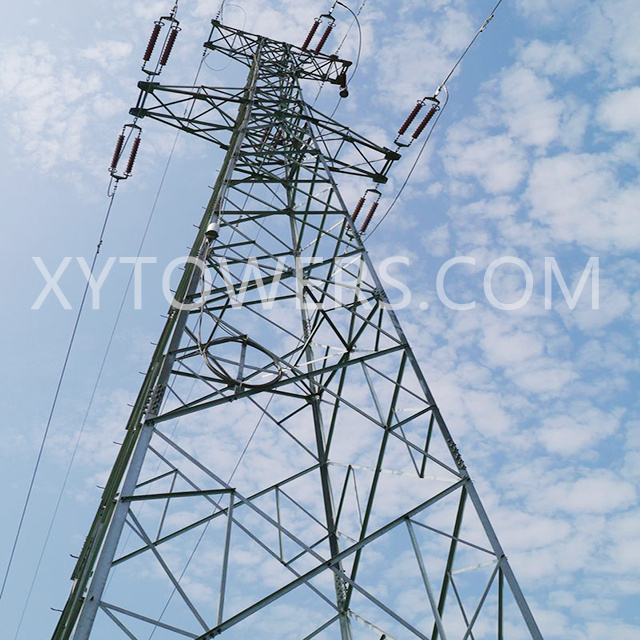
A typical 220kV transmission tower, also known as a power transmission tower, is designed to support high voltage power lines that carry electricity over long distances. The height of these towers can vary based on several factors, including geographical location, terrain, and the specific requirements of the power line they support. Generally, a 220kV tower ranges from 30 to 50 meters (approximately 98 to 164 feet) tall. This height is necessary to ensure that the transmission lines are safely elevated above ground level, minimizing the risk of accidental contact with people, vehicles, or animals.
The design of a transmission power line tower is not just about height; it also involves engineering considerations that ensure stability and durability. These towers are typically constructed from steel or reinforced concrete, materials chosen for their strength and resistance to environmental factors. The structure must withstand various forces, including wind, ice, and the weight of the transmission lines themselves.
In addition to height, the spacing between transmission towers is another critical aspect of their design. For a 220kV electric tower, the distance between towers can range from 200 to 400 meters (approximately 656 to 1,312 feet). This spacing is determined by the electrical and mechanical properties of the transmission lines, as well as safety regulations that govern power transmission.
High transmission line towers, including the 220kV variety, are often equipped with insulators that prevent electrical current from leaking into the environment. These insulators are crucial for maintaining the efficiency of power transmission and ensuring the safety of the surrounding area. The combination of height, spacing, and insulator technology allows these towers to effectively carry high-voltage electricity over vast distances.
The role of transmission towers extends beyond mere functionality; they also serve as a visual representation of the electrical infrastructure that powers our modern lives. The sight of a transmission pipe pole tower against the skyline is a reminder of the complex systems that deliver electricity to our homes and businesses.
In recent years, there has been a growing emphasis on the aesthetic integration of transmission towers into the landscape. Some regions have begun to explore designs that minimize visual impact while still meeting the necessary engineering standards. This trend reflects a broader awareness of the importance of balancing infrastructure needs with environmental and community considerations.
Post time: Oct-14-2024





